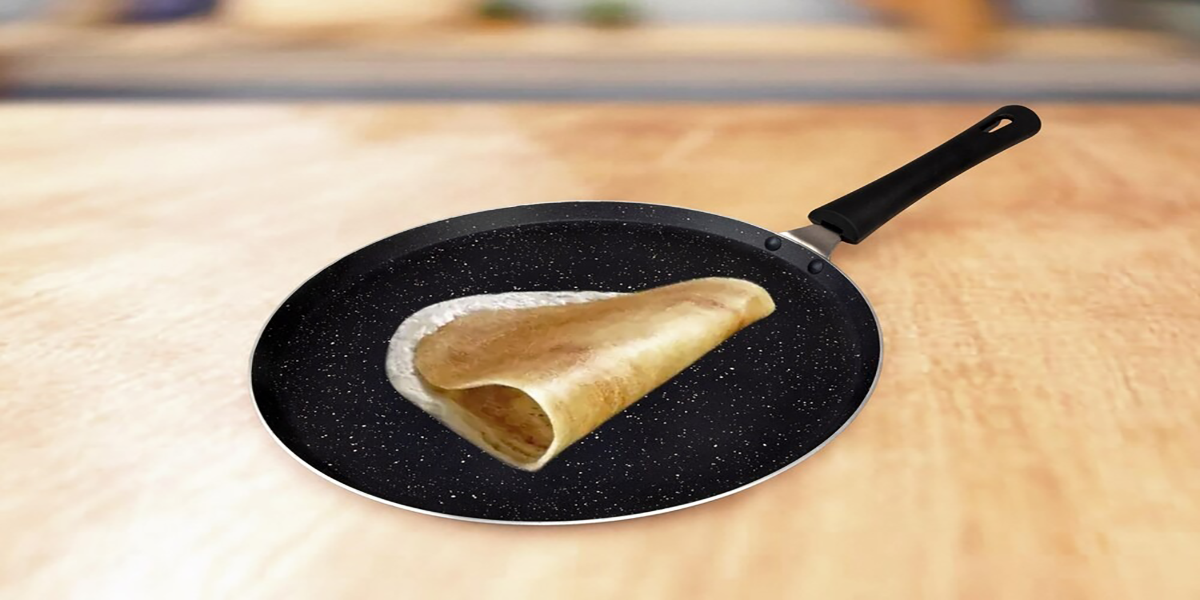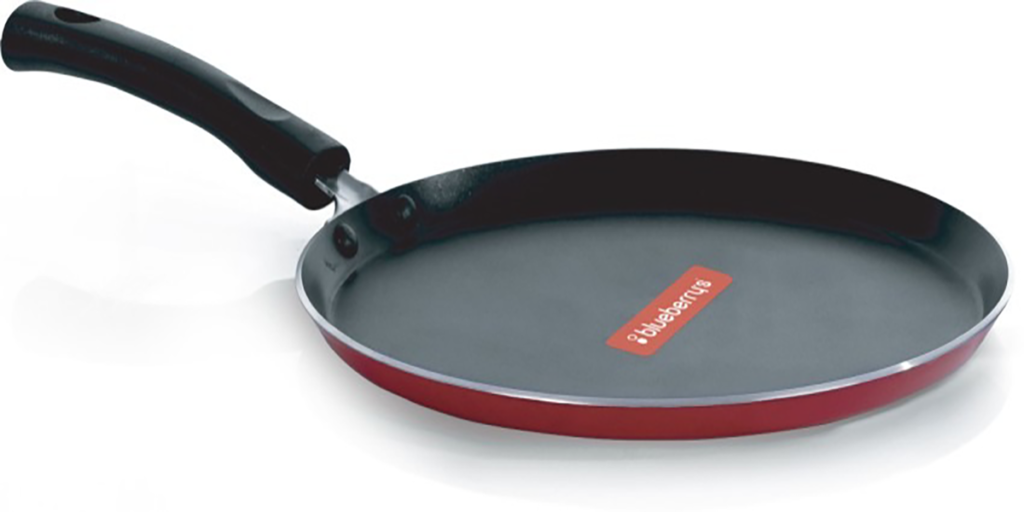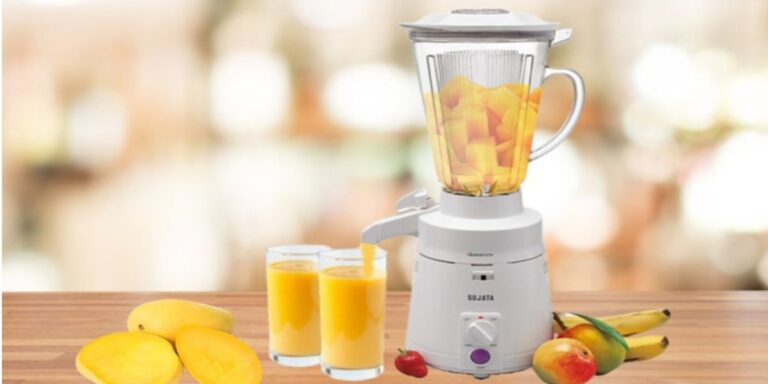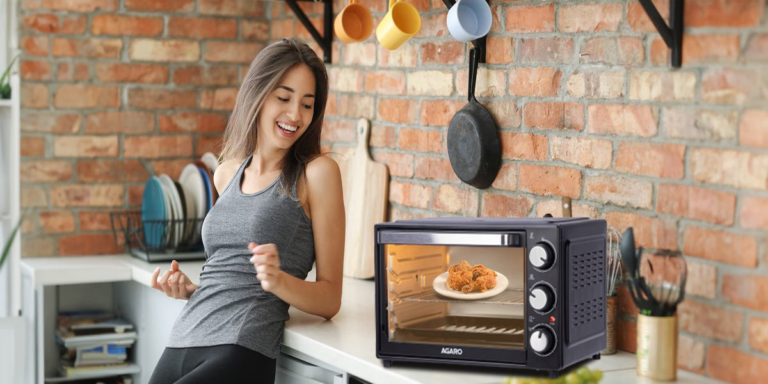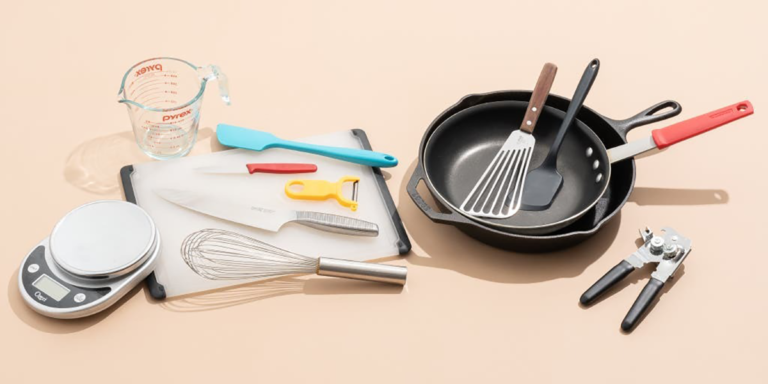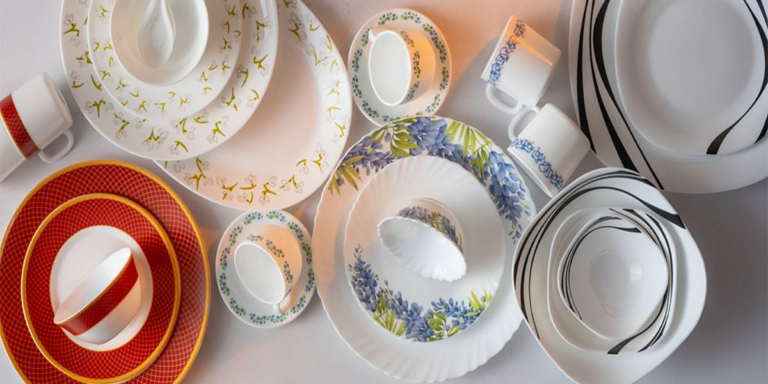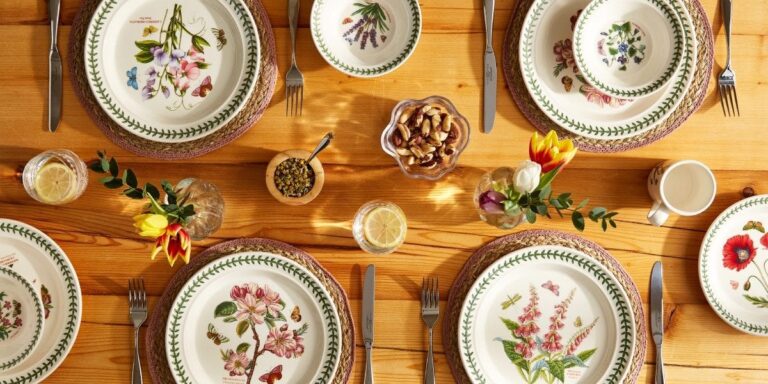A Guide to Choosing the Perfect Nonstick Tawa for Your Kitchen
In the realm of cooking, having the right tools can significantly enhance your culinary experience. When it comes to Indian cuisine, a nonstick tawa (griddle) is an indispensable piece of cookware. However, with a plethora of options available in the market, selecting the ideal nonstick tawa can be overwhelming. This guide aims to simplify the process, helping you choose a nonstick tawa that suits your cooking needs and preferences.
Consider the Size: Nonstick tawas come in various sizes, ranging from small to extra-large. Consider the size of your stovetop and the quantity of food you typically cook to determine the appropriate size for your needs. A larger tawa allows you to cook multiple items simultaneously, while a smaller one is ideal for single servings or smaller households.
Assess the Material: Nonstick tawas are commonly made from materials like aluminum, hard-anodized aluminum, or carbon steel. Aluminum tawas are lightweight and conduct heat efficiently, while hard-anodized aluminum tawas offer enhanced durability and scratch resistance. Carbon steel tawas are sturdy and distribute heat evenly, making them suitable for high-temperature cooking. Choose a material that aligns with your cooking style and maintenance preferences.
Examine the Coating: The nonstick coating is a crucial factor to consider when selecting a tawa. Opt for tawas with a durable nonstick coating that is free from harmful chemicals like PFOA and PFAS. Look for reputable brands known for their quality coatings, as they tend to offer better performance and longevity. Additionally, choose a tawa with a thick coating that can withstand regular use and washing without deteriorating.
Check the Thickness: The thickness of the tawa plays a significant role in heat retention and distribution. Thicker tawas are less prone to warping and provide better heat control, ensuring even cooking results. Avoid overly thin tawas, as they may heat unevenly and develop hot spots, leading to burnt or undercooked food.
Evaluate the Handle: Pay attention to the design and ergonomics of the handle, as it affects the ease of handling and maneuverability while cooking. Look for tawas with sturdy, heat-resistant handles that offer a comfortable grip and remain cool to the touch during cooking. Detachable handles are a convenient feature for storage and cleaning, especially if space is limited in your kitchen.
Choosing the right nonstick tawa is essential for achieving perfect cooking results and enhancing your culinary prowess. By considering factors such as size, material, coating, thickness, and handle design, you can select a tawa that meets your cooking requirements and preferences. Invest in a high-quality nonstick tawa that will serve as a versatile and reliable companion in your kitchen for years to come.
The best type of nonstick tawa typically features a hard-anodized aluminum construction, offering durability and even heat distribution. Look for a tawa with a PFOA-free nonstick coating for safe and healthy cooking. Additionally, choose a tawa with a sturdy handle and suitable size to accommodate your cooking needs.
Side effects of nonstick cookware can occur if the coating becomes scratched or damaged, potentially releasing toxic compounds into food. Prolonged exposure to high temperatures can also degrade the nonstick coating, leading to the release of harmful fumes. Additionally, some nonstick coatings contain chemicals like PFOA and PFAS, which have been linked to health concerns when ingested in large quantities.
